 Date: 2013-03-05 07:11:35Mulgara Quoll Batrachochytrium dendrobatidis Sarcophilus Tasmanian devil Red fox Griffith Mammals of Australia Brush-tailed Mulgara Chytridiomycota | |  University Student Grants Scheme - winners The Wildlife Preservation Society of Australia is delighted to announce the winners of the ten grants of $1,000 each to honours or postgraduate students conducting resear University Student Grants Scheme - winners The Wildlife Preservation Society of Australia is delighted to announce the winners of the ten grants of $1,000 each to honours or postgraduate students conducting resear
Add to Reading ListSource URL: www.australianwildlife.net.auDownload Document from Source Website File Size: 128,59 KBShare Document on Facebook
|

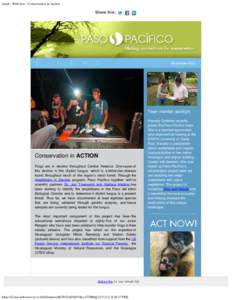
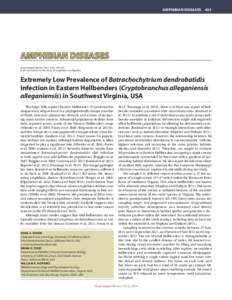
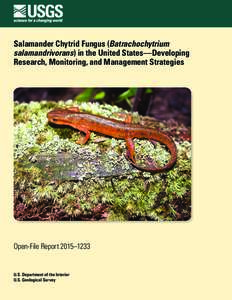
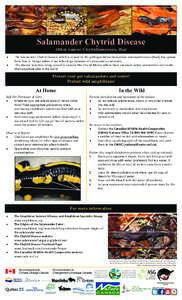
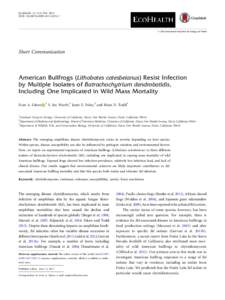
 University Student Grants Scheme - winners The Wildlife Preservation Society of Australia is delighted to announce the winners of the ten grants of $1,000 each to honours or postgraduate students conducting resear
University Student Grants Scheme - winners The Wildlife Preservation Society of Australia is delighted to announce the winners of the ten grants of $1,000 each to honours or postgraduate students conducting resear